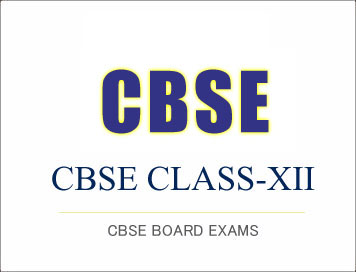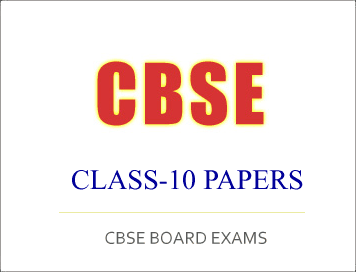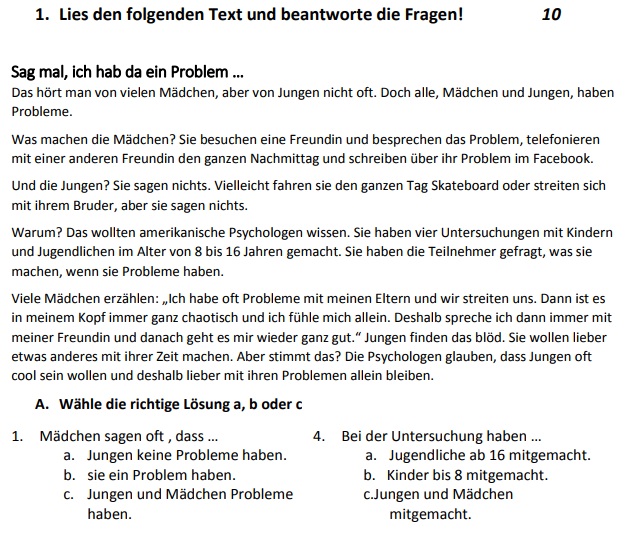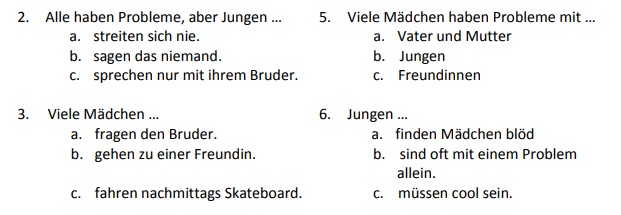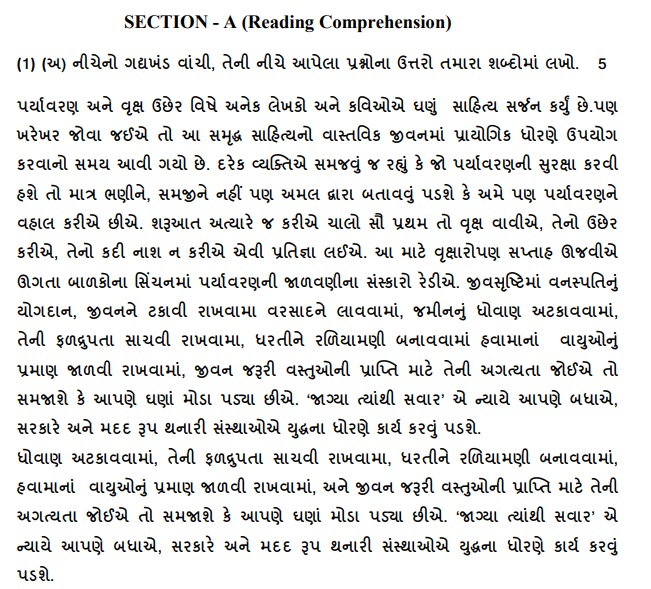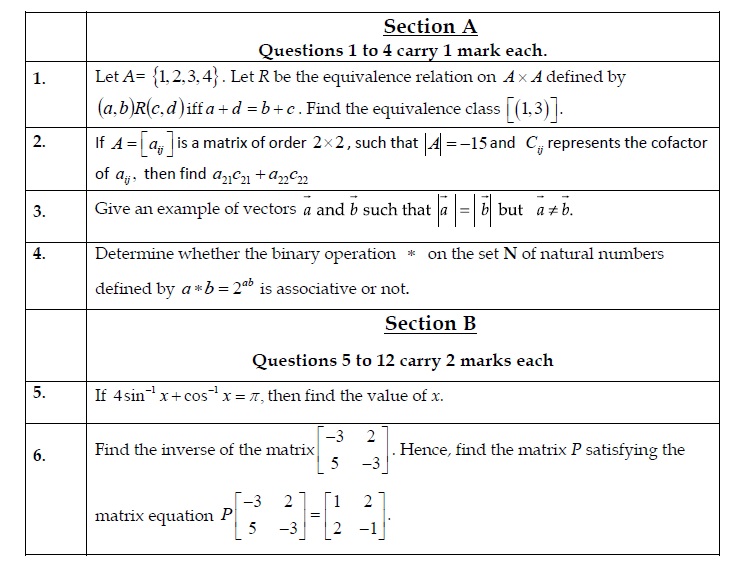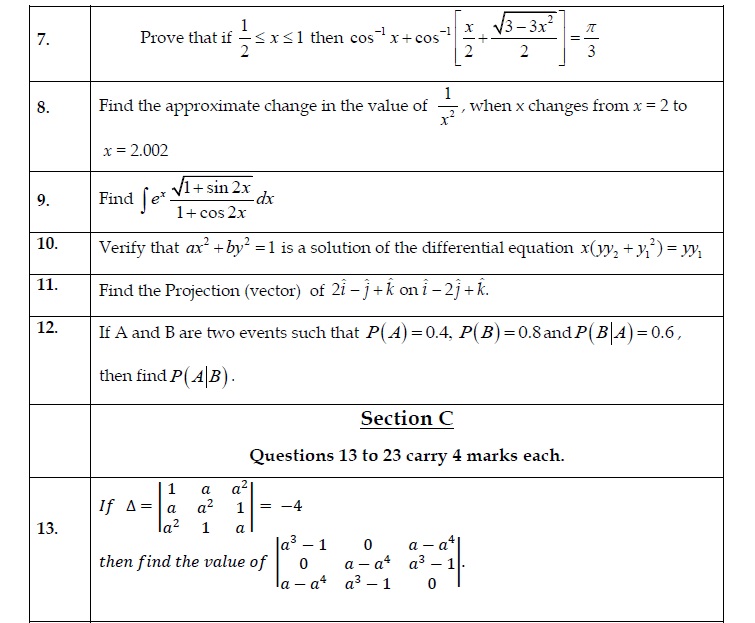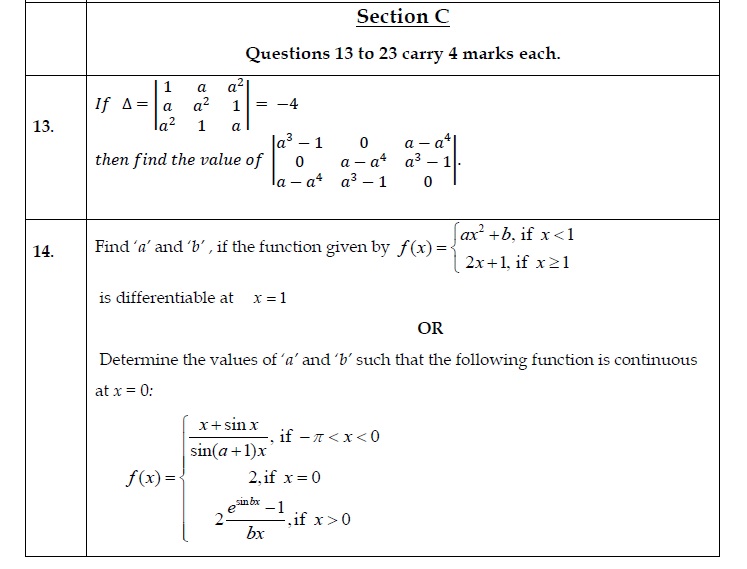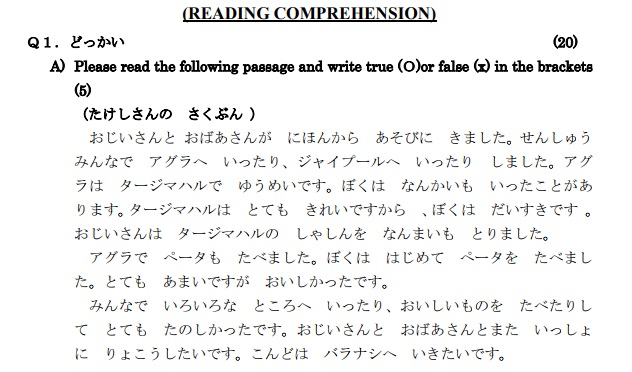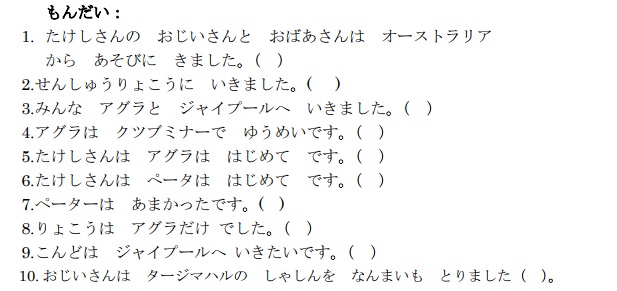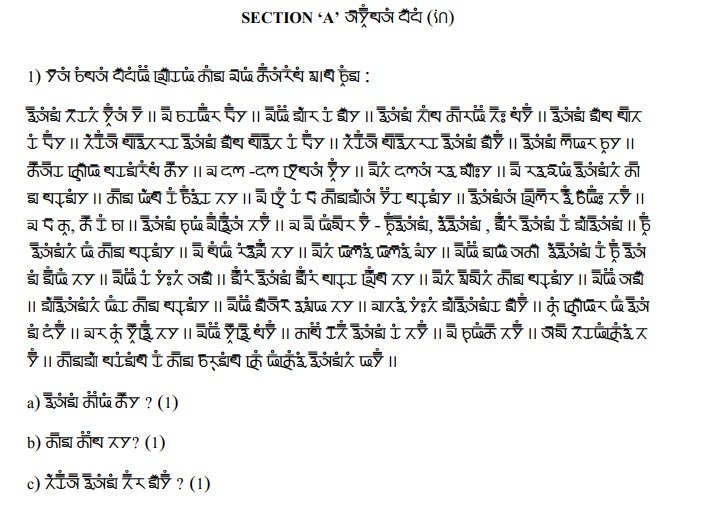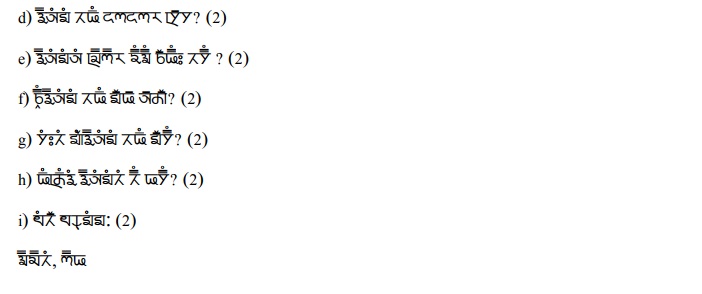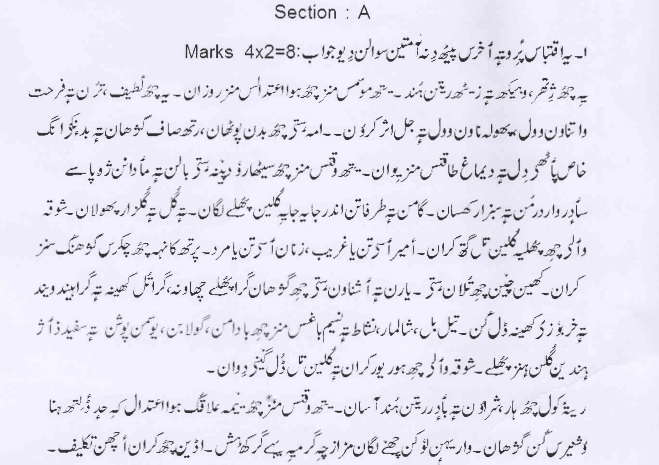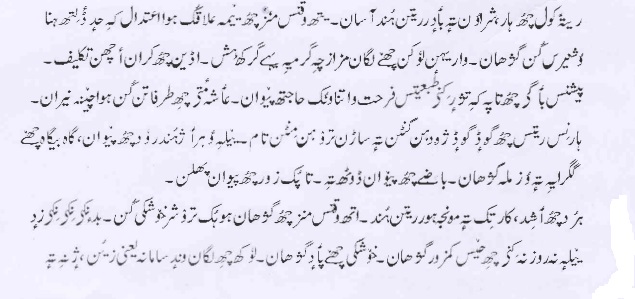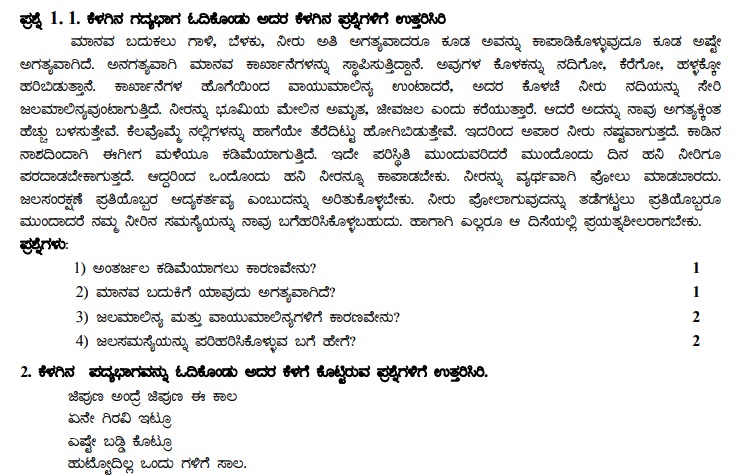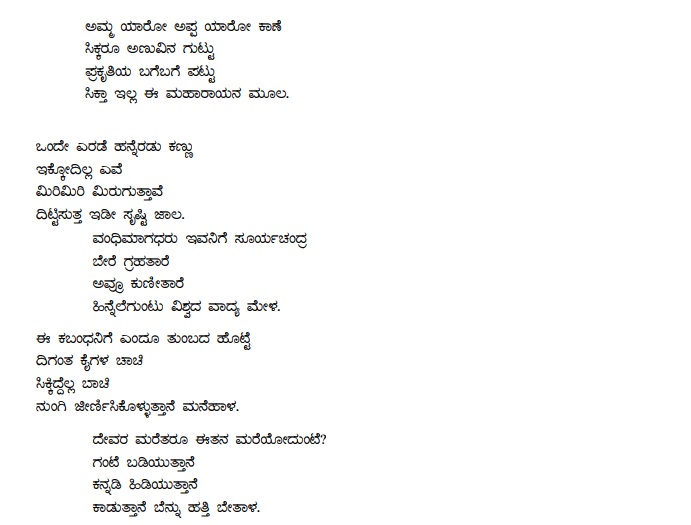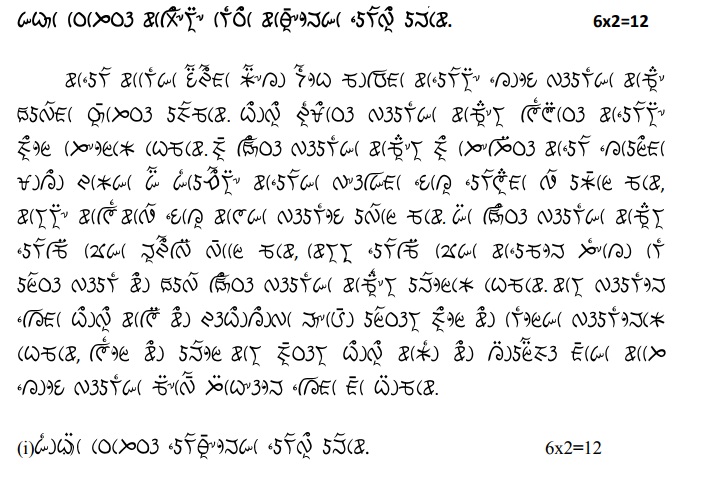(Download) CBSE Class-12 Sample Paper And Marking Scheme 2017-18 :
Library & Information Science
SAMPLE QUESTION PAPER
LIBRARY AND INFORMATION SCIENCE (079)
CLASS-XII 2017-18
Duration: 3 hours
M.M: 80
General Instructions:
- There are 28 questions.
- Question nos. 1-11 are very short answer questions carrying 1 mark each. Answer to these questions should not exceed 40 words.
- Question nos. 12-22 are short answer questions carrying 3 marks each. Answer to these questions should be between 80-100 words.
- Question nos. 23-28 are long answer questions carrying 6 marks each. Answer to these questions should not exceed 200 words.
- All questions are compulsory. However, an internal choice has been provided in two questions of six marks. You have to attempt only one of the choices in such questions.
Q1. What do you mean by stack maintenance?
Q2. Why is reservation of library material required?
Q3. Name all the volumes of 19th edition of DDC.
Q4. What is the main purpose of ISBD?
Q5. Differentiate between Class Number and Book Number.
Q6. If the required documents are not available in the library then which type of information services will be provided by the library?
Q7. What is the purpose of Reference Services?
Q8. What is value added information services?
Q9. How does cloud computing help libraries?
Q10. What do you mean by Institutional Repositories?
Q11. Differentiate between passive information service and active information service.
Q12. Write three different categories of library collection.
Q13. What are the main objectives of user education? Mention any three.
Q14. Differentiate between Facets and Isolates in the context of Library Classification.
Q15. What is personality facet and how can it be recognized?
Q16. Why are Inspection and Stamping in the technical processing of books/documents considered necessary?
Q17. Explain different User’s Approach to Information.
Q18. You have been assigned the work of reference service. Write the steps to be followed for delivering the Current Awareness Service.
Q19. How is the application of ICT in libraries beneficial?
Q20. How does automation help circulation desk?
Q21. Elaborate the merits and demerits of Open Source Software.
OR
Explain the Boolean Operators and their impact on search result while connecting two keyword “A” and “B”.
Q22. As a Librarian, would you prefer automation of your library? Justify your answer.
Q23. Discuss the different selection criteria for documentary sources.
Q24. What is stock verification? Enlist two main advantages of stock verification. Explain different methods of stock verification.
Q25. You have been assigned the duty of classification. Explain the steps of classifying a book titled “Feeding of Cattle in India”.
Q26. Before shelving or issuing of newly acquired books, what are different steps that are followed in technical processing?
Q27. What is SDI service? How is this service provided to the user? OR Discuss the use of mobile application in libraries.
Q28. Why should a library opt for open source library automation software instead of proprietary software? OR Discuss the problems faced in Manual Library Housekeeping operations.
